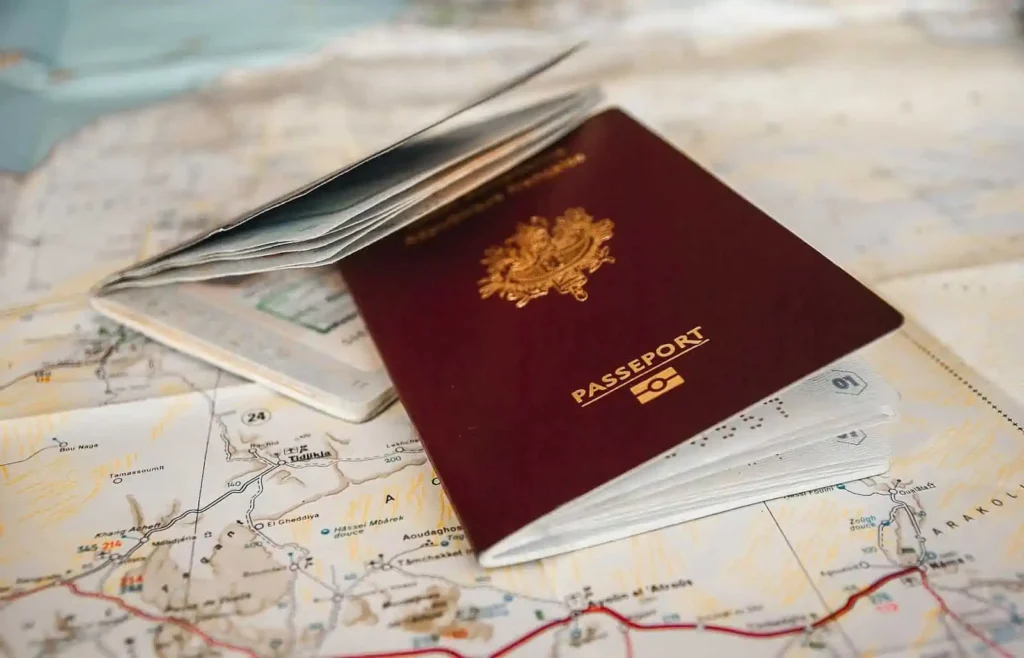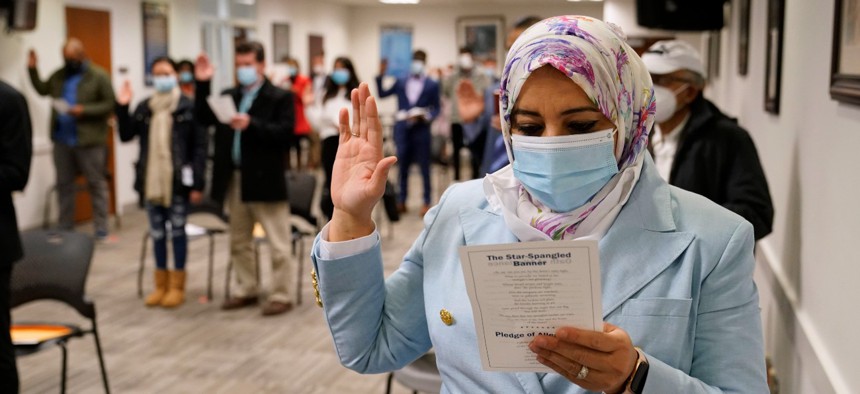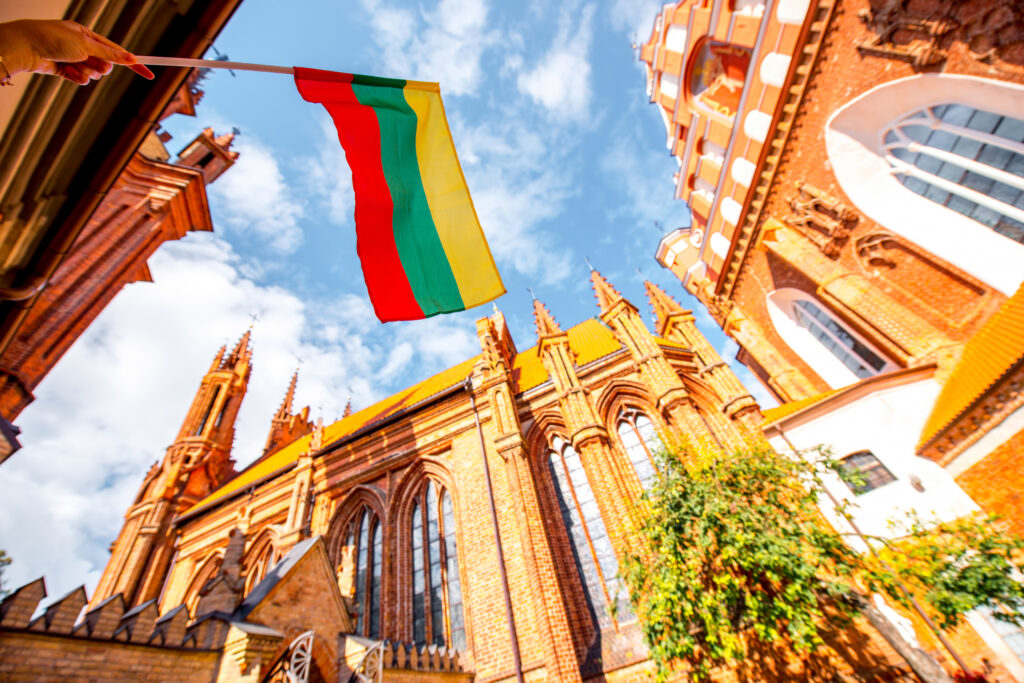In recent years, more and more Indian citizens have shown interest in long-term residence and citizenship in Lithuania. The country remains attractive due to its stable economy, quality healthcare, education and access to all the opportunities of the European Union. However, the path to a Lithuanian passport is not the – it requires patience, compliance with all legal requirements and adaptation to local life.

Permanent Residence Permit: Where to Start
Before applying for citizenship, you must live in the country for at least 10 years. But an important intermediate stage is obtaining a Lithuania permanent residence permit. Foreign citizens from India most often receive a temporary residence permit under a work contract, student visa, business or through family reunification.
The validity period of a temporary residence permit is usually from one to two years, with the possibility of extension. Only after five years of continuous residence does it become possible to apply for a permanent residence permit, subject to additional conditions.
Naturalization: What Lithuania Requires
The process of obtaining Lithuania citizenship by naturalization is regulated by the Law on Citizenship of the Republic of Lithuania. According to official information from the Lithuanian Migration Service, the candidate must meet the following criteria:
- Residence in Lithuania for at least 10 years on legal grounds.
- Having a permit of the permanent residency in Lithuania at the time of application.
- Proven knowledge of the Lithuanian language (level not lower than A2).
- Successful passing of the Constitutional exam.
- Stable income or financial solvency.
- Willingness to renounce previous citizenship.
The last point raises the most questions, since Lithuania, as a rule, does not recognize dual citizenship, except in cases stipulated by law. For example, if the person was born into a mixed family or has refugee status.

Step-by-Step Instructions of How to Get Lithuanian Citizenship
Here is how naturalization in Lithuania for Indian citizens usually proceeds:
- Collecting the necessary package of documents (valid residence permit, income certificate, language proficiency certificate).
- Registering for and passing the Constitutional exam.
- Submitting an application to the Migration Department.
- Waiting for the application to be reviewed (on average, 6–12 months).
- After approval, submitting documents on renunciation of Indian citizenship.
- The oath procedure and obtaining a Lithuanian passport.
It is worth considering that each case is individual. Some stages of Lithuania citizenship for Indians may take longer, especially if the documents require clarification or translation.
Frequently Asked Questions and Pitfalls
According to the experience of consultants specializing in migration services in the Baltic States, one of the most difficult stages is passing exams. Despite its apparent simplicity, the Constitution test can be difficult for those who are not familiar with the local legal system.
In addition, knowledge of the language at the A2 level implies not only conversational level, but also understanding of everyday and official texts. Most migrants attend free language courses organized by municipalities.

Key Findings and Recommendations
The Lithuanian naturalization process for Indians is a long-term but feasible path for those who really want to settle in this European country. The process requires formalities, language skills, and adaptation, but ultimately provides access to all the rights and freedoms of an EU citizen. Those who are just starting out should consult with immigration lawyers or contact the local Lithuanian embassy in India in advance. A good understanding of the process at the start saves years of time and nerves.



